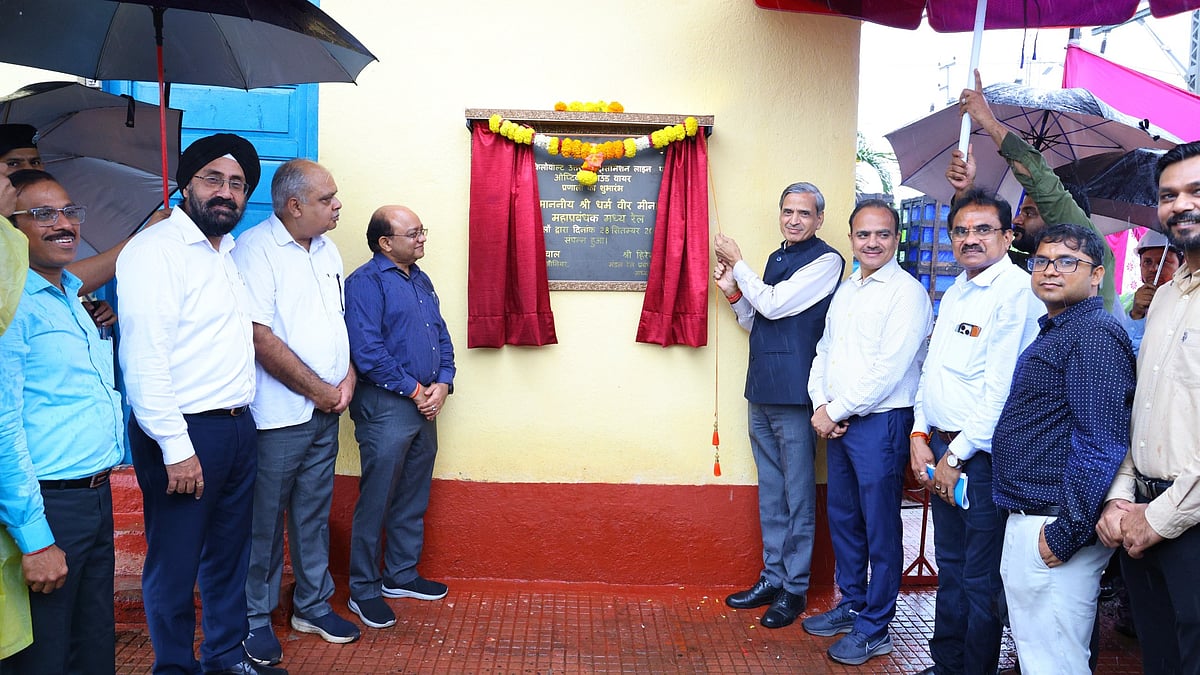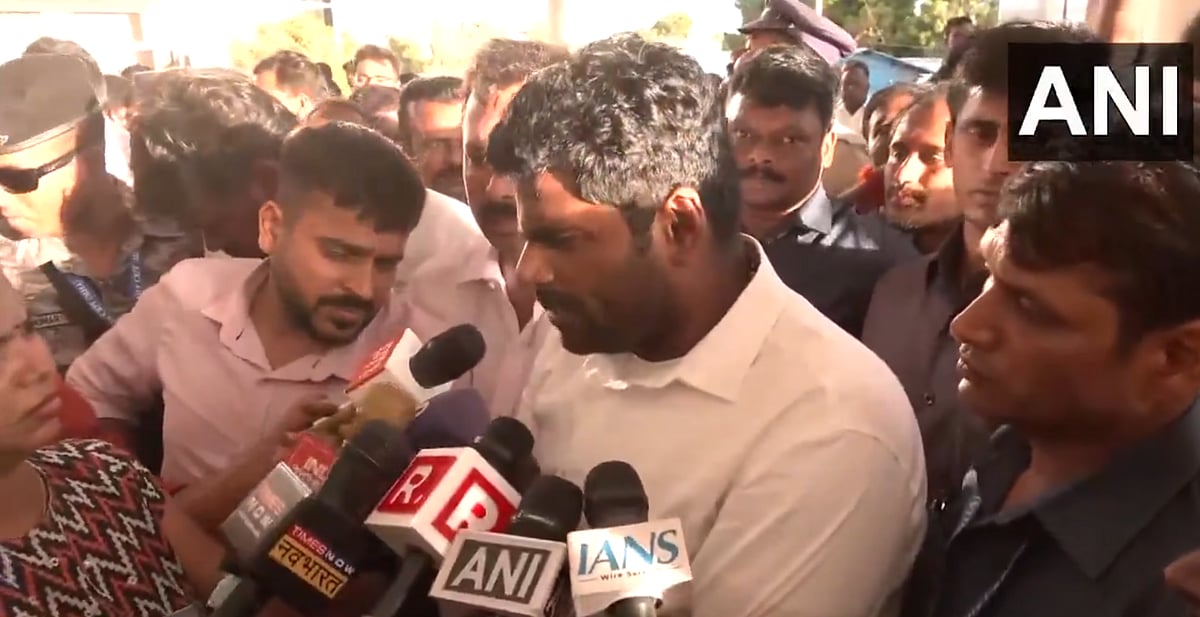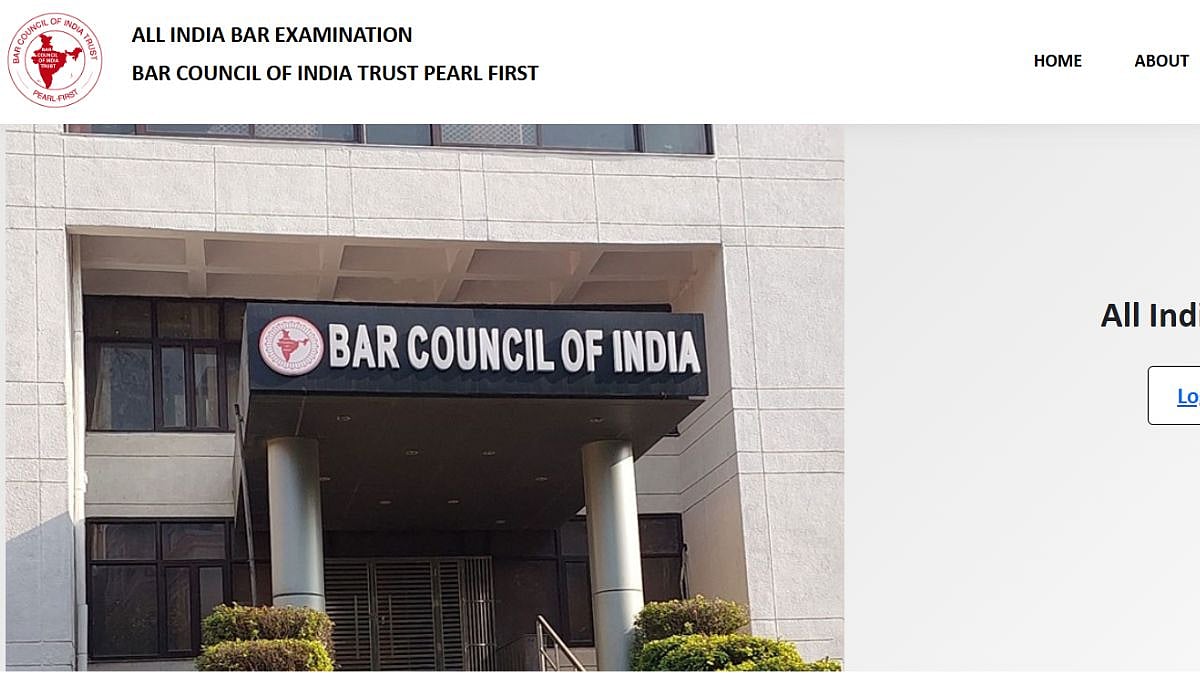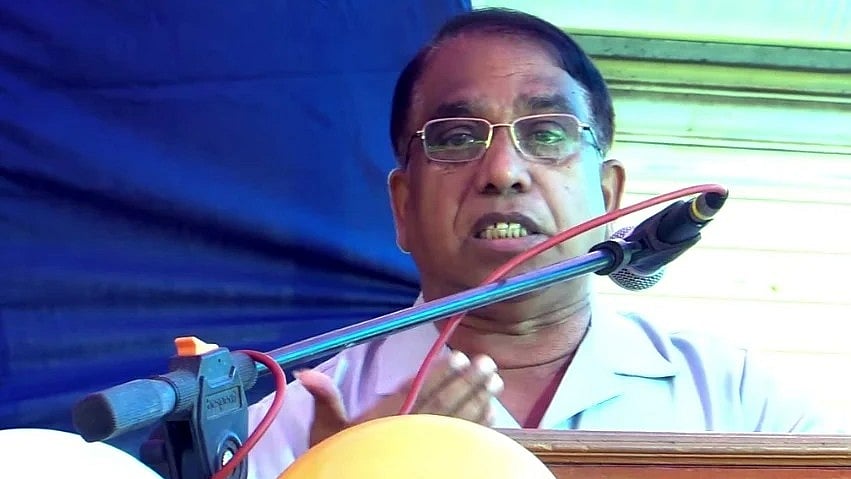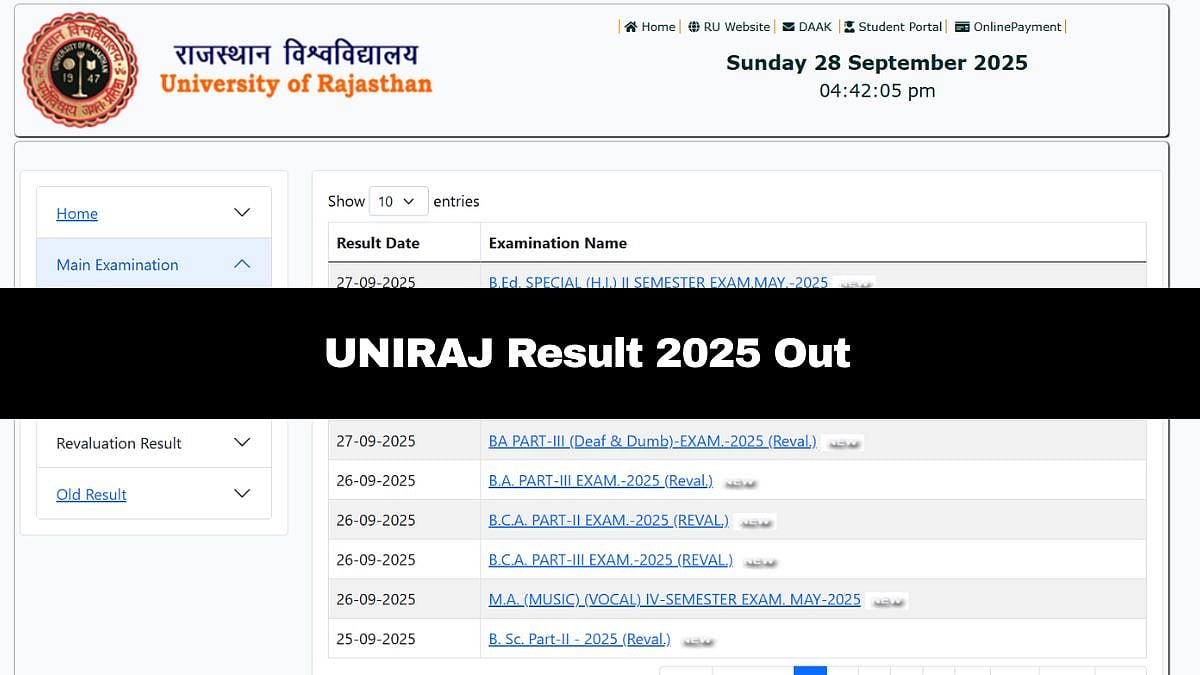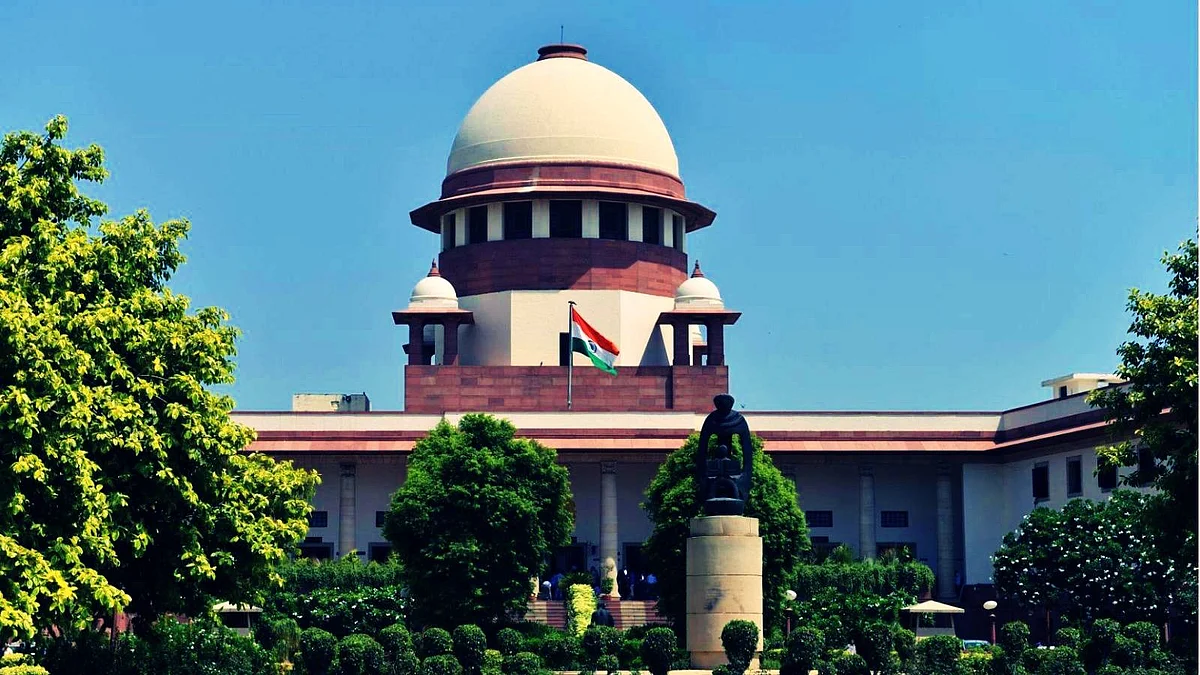Transgender student enrollment in Indian schools and higher education institutions has risen dramatically in the last three academic years, with Uttar Pradesh and Bihar having the most in 2023–24, as per information tabled by the Ministry of Education in the Rajya Sabha.
In Indian schools, the transgender student population grew from a mere 155 in 2021–22 to 965 in 2023–24—a six-fold increment. Uttar Pradesh had the highest number with 327 enrolled, followed by Bihar with 282 students during that year. However, states like Rajasthan and West Bengal recorded decreasing figures, with Rajasthan having 107 students earlier but decreasing to 77 and West Bengal's count dropping from 211 to 62 transgender students enrolled in schools in that period.

Transgender Admissions | education.gov.in
In higher education, there has been a noteworthy advancement. Provisional AISHE figures indicate that transgender student enrolment in universities and colleges increased from 302 in 2020–21 to 1,448 in 2022–23. The numbers among states vary, with Uttar Pradesh still holding the top position with 369 students, followed by Maharashtra (158), Madhya Pradesh (124), Telangana (104), Tamil Nadu (98), Rajasthan (101), and Karnataka (73).

Transgender Admissions | education.gov.in
Experts attribute this upward trend to increasing awareness, policy reforms, and outreach efforts that aim to narrow the access gaps transgender youth experience in education. Many, however, contend that inclusion is more than numbers—it is safe campuses, support infrastructure such as transgender cells, and data-based monitoring of participation.
In places such as Delhi University, the failure to enrol any transgender students when a "third gender" option was provided indicates entrenched stigma and meagre institutional support. In Maharashtra, on the other hand, special transgender cells in all colleges have been made mandatory to provide counselling, academic assistance, and anti-discrimination safeguards.
Though there are still gaps, the positive trend in UP and Bihar is a glimmer of hope. Educationists indicate that institutional reforms, such as inclusive policies and campaigns for awareness, can convert initial gains into sustained equality in India's education sector.



